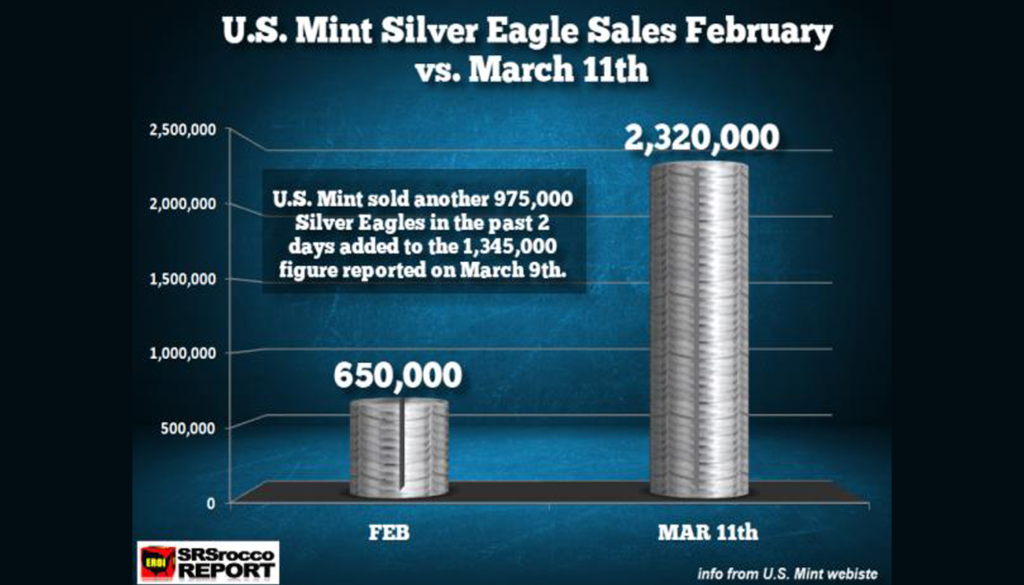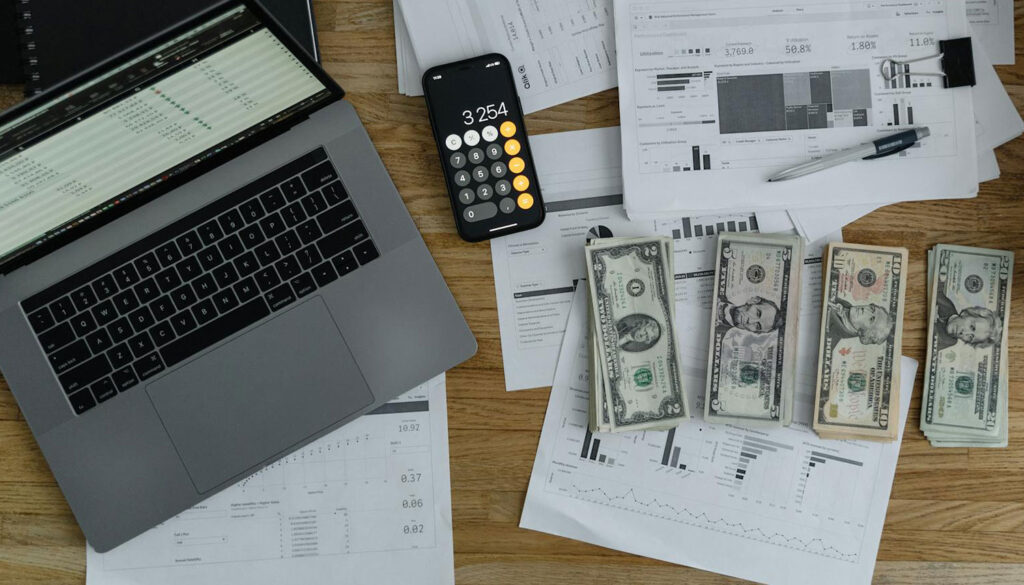Peter Ginelli writes: Lately we have been seeing the term “stagflation” used in many headlines, by many respected analysts as well as the former and longest serving Federal Reserve Chairman Alan Greenspan in recent months.
Here are just a few samples headlines:
“Alan Greenspan says there are bubbles in both stocks and bonds” By Tae Kim, January 31, 2018, CNBC
“Stagflation, a threat to US dollar” By Andrew Masters, FX Street, February 14, 2018
“Knock, Knock – Who’s There? Stagflation!” By John Peabody, Seeking Alpha, February 15, 2018
In a recent interview with CNBC financial channel, Greenspan stated “we’re dealing with a fiscally unstable long-term outlook in which inflation will take hold…we’ve been through almost a decade now of stagnation and we’re working our way toward stagflation.”
What is “Stagflation,” you ask? The term is a combination of “Stagnation” which in economic term implies to “low stagnant economic growth” and “inflation” which is the devaluation of the dollar that leads to higher prices of goods and services.
The last time we experience Stagflation in the United States was back in the late 1970’s and early 80’s. The average Growth Domestic Product (GDP) between 1979 and 1983 was a measly 0.92% which constitutes a severe recession. For those of you not old enough to remember the last two years of Jimmy Carter’s presidency followed by the first two years of Reagan’s, times were tough. Inflation went up to 15% and the FED was forced to raise interest rates up to 21% to fight the soaring prices. And folks, that is what a period of Stagflation looks like.
So with that piece of history in mind, now let’s examine how gold reacts during a period of Stagflation.
On November 2nd of 1976 when Jimmy Carter defeated the incumbent president Gerald Ford to win the general election, gold was at $122.50 per ounce. Four years later, in 1980 when Ronald Reagan defeated Jimmy Carter, gold prices had soared to a record $850 per ounce. That is a 596% jump in just 4 short years, most of which took place in the last two years of Carter’s presidency when Stagflation had taken hold of our economy.
So where will the gold spot prices be in the next few years as Stagflation returns? No one really knows, but one thing is for certain: A lot higher than it is today in the lower $1300 range. If we use the 1970’s model as what might happen this time around, a 596% rise from today’s spot price of $1,321, it can easily put it at $7,867 per ounce. Even if we do the math on the conservative side and assume it will rise only half of what it had back then, it will put gold prices at $3,933 per ounce. This means at the very minimum, you can triple your money if you think ahead and act now, by following what this piece of history has taught you.
Now add to all this, the rising national debt which last week crossed the $21 Trillion dollar mark, the rising annual deficit which according to CBO (Congressional Budget Office) will be rising once again to over a Trillion dollar next year and over two trillion dollars in a few years after that, the N. Korean, Russia and Middle East conflicts and the Trump’s trade war with China and Europe, and you have a witch’s brew that can send the prices soaring even higher.
Bottom line: You can either wait on the sideline and watch gold and silver prices skyrocket in the coming months and years and look back in regret, or you can diversify a portion of your portfolio to precious metals now, before the next financial earthquake or stagflation destroy your financial future. The choice is yours.
Commodity Trade Mantra – March 20, 2018






